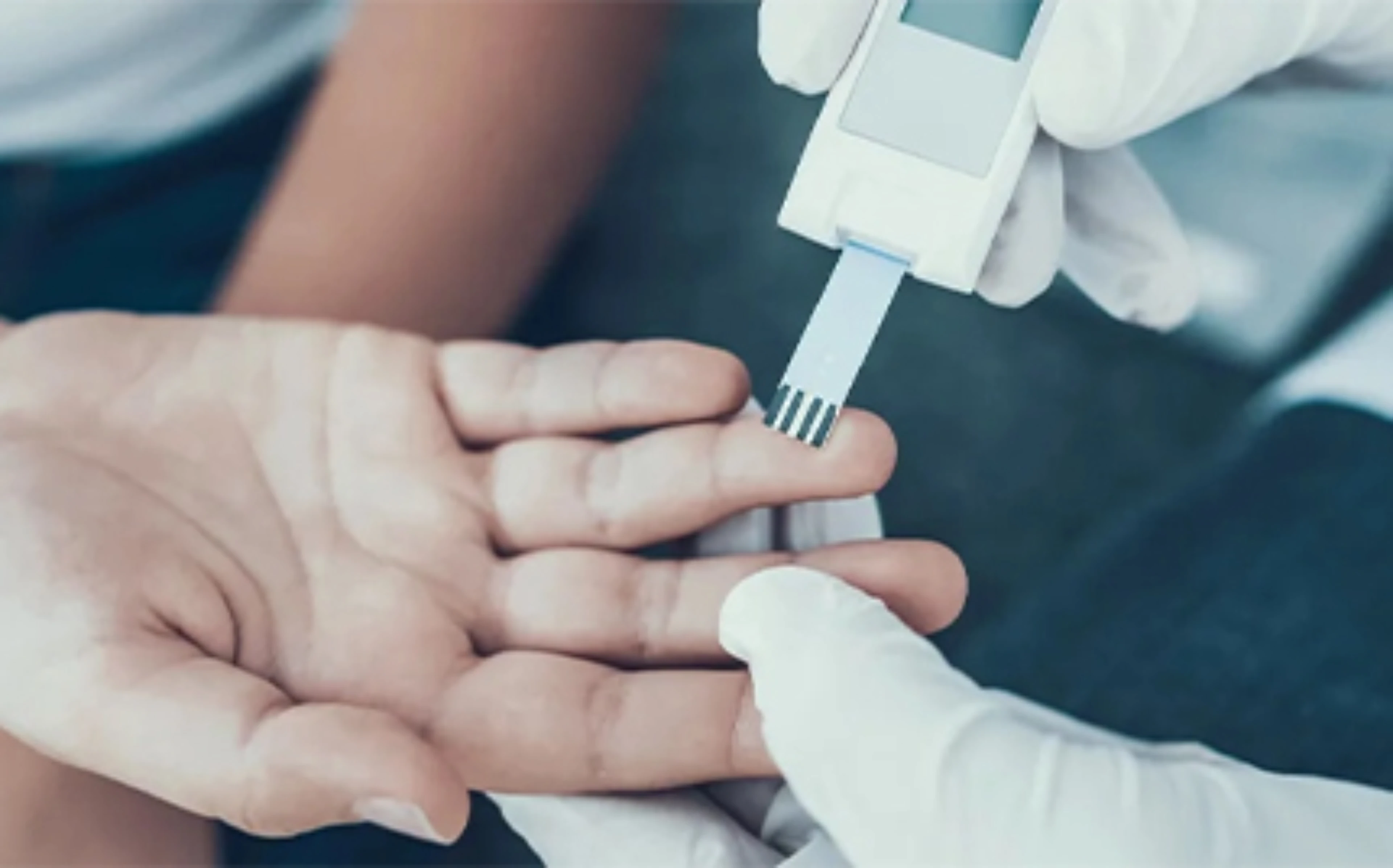- Article
- Source: Campus Sanofi
- May 15, 2025
A Cross-Sectional Analysis of Glycemic Control in Elderly People with Type 2 Diabetes Attending Primary Health Care Unit

This analysis demonstrated that elderly population with type 2 diabetes mellitus (T2DM) visiting Primary Health Care (PHC) units had a satisfactory glycemic control with the combined use of oral anti-diabetic drugs and insulin.
Main takeaway
-
Oral anti-diabetic drugs plus insulin showed better glycemic control in elderly population with T2DM.
-
In addition, about 75% of the elderly people had acceptable glycemic control.
-
Negative associations were noted between glycemic control (poor) and other variables, such as cardiovascular disease, amputation of lower extremities, and ulcer.
Why this matters
-
PHC units play a vital role in managing T2DM via collective and individual interventions.
-
In aging population, health conditions and variables affecting the care of non-communicable chronic diseases should be assessed.
-
The present study aimed to evaluate the glycemic control of elderly T2DM people attending PHCs.
Study design
This cross-sectional study included elderly people with T2DM registered at the local family healthcare units in Ribeirão Preto, São Paulo, Brazil, and assessed data on adhesion to treatment.
- The study was conducted from March to October 2018 via household interviews and by assessing laboratory tests in past 6 months.
Inclusion criteria:
People aged ≥60 years; clinical diagnosis of T2DM regardless of time; continuous use of medication for T2DM treatment; registered in the family health system selected and non-institutionalized.
Exclusion criteria:
Participants without results of laboratory tests conducted in past 6 months.
Dependent variable:
Glycemic control (assessed by measuring glycated hemoglobin [HbA1c ≤8.0% (64 mmol/mol)] and fasting glucose test [≤150 mg/dL])
Independent variables:
Gender, age group, self-reported skin color, education level, time since T2DM diagnosis
Key results
In total, 243 elderly people with T2DM participated in the study (women: 67.1%; mean age: 70.3 ± 7.7 years)
Dependent variables:
-
The Kappa concordance for glycemic control between HbA1c and fasting glucose test results was 0.52 (95% confidence interval [CI]: 0.40–0.65).
-
Mean HbA1c was 7.2% (standard deviation [SD] = 1.7).
-
Overall, 74.1% (95% CI: 68.5–79.5) elderly people had HbA1c <8%.
Independent variables:
-
The predominant self-reported skin color was white (58.4%).
-
Most participants (74.9%) had a low education level,i.e., up to 4 years of schooling.
-
Overall, >80% participants did not report alcohol or tobacco abuse; 60.9% reported having good or very good health.
-
On average, 3.1 diseases (SD = 1.8) were associated with T2DM, with the most common diseases being systemic arterial hypertension (82.5%), dyslipidemia (57.7%), and overweight/obesity (24.6%).
-
In total, 4.9% reported the presence of ulcer and 3.7% reported amputation of lower extremities.
-
A majority of participants (87.3%) had T2DM for >5 years.
-
Overall, 72.8%, 5.8%, and 21.4% of elderly people used oral anti-diabetic drugs only, insulin only, and a combination of oral anti-diabetic drug and insulin, respectively.
Glycemic control was positively associated with the use of oral anti-diabetic drugs plus insulin (adjusted prevalence ratio [PR] = 1.18, 95% CI: 1.07−1.32, P <0.001).
However, glycemic control was negatively associated with the following:
-
Cardiovascular disease: Adjusted PR = 0.79, 95% CI: 0.74−0.85, P <0.001.
-
Ulcer: Adjusted PR = 0.81, 95% CI: 0.75−0.87, P<0.001
-
Amputation of lower extremities: Adjusted PR = 0.80,95% CI: 0.75−0.87, P <0.001
Limitations
-
The model proposed does not allow the establishment of causal correlations between the variations
-
Reference values of HbA1c and fasting glycemia could not be determined owing to uncertainties regarding the ideal glycemic index for older adults with T2DM.
-
Oliveira REM, Franco LJ. Glycemic control in elderly people with type 2 diabetes mellitus attending primary healthcare units. Prim Care Diabetes. 2021. doi: 10.1016/j.pcd.2021.04.011. Epub ahead of print. PMID: 33903088.
MAT-BH-2300618/v1/October 2023